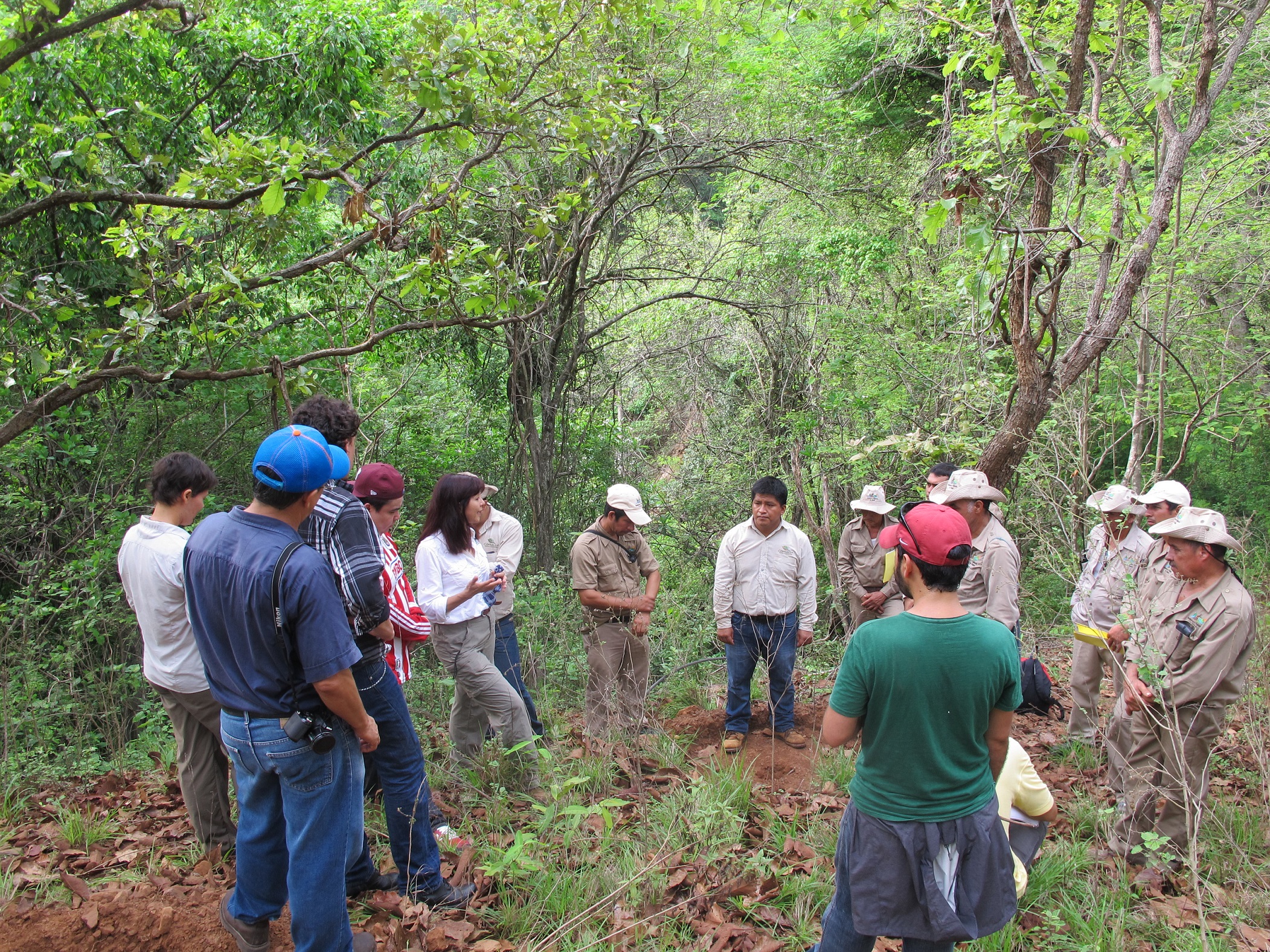Based on a participatory bottom-up process, an effective, legally recognized and locally respected network of fish refuges is established. Sixteen fish refuges have been created since 2012, covering more than 18000 hectares.
The local-ecological knowledge that fishermen provide about natural resources, fishing grounds and climate conditions, are fundamental elements to be considered in the design of a fish refuge. When combining local-ecological knowledge with scientific knowledge it is important that a transparent negotiation begins that will enable to have the best science-based conditions with social acceptance.
Then, a community monitoring program is led by organizations members of the Kanan Kay Alliance. Fishermen and women are trained and actively participate in collecting data. Hence, they see results with their own eyes and can then share the information with other members of the community. Once monitoring results have been delivered, during the renewal process, the goals of the fish refuges are reviewed to understand if they meet biophysical criteria for no-take zones and hence, if changes need to be done.
This “bottom-up” approach must be complemented with “top-down” elements to ensure that decision-making reflects the complexity of this process.
